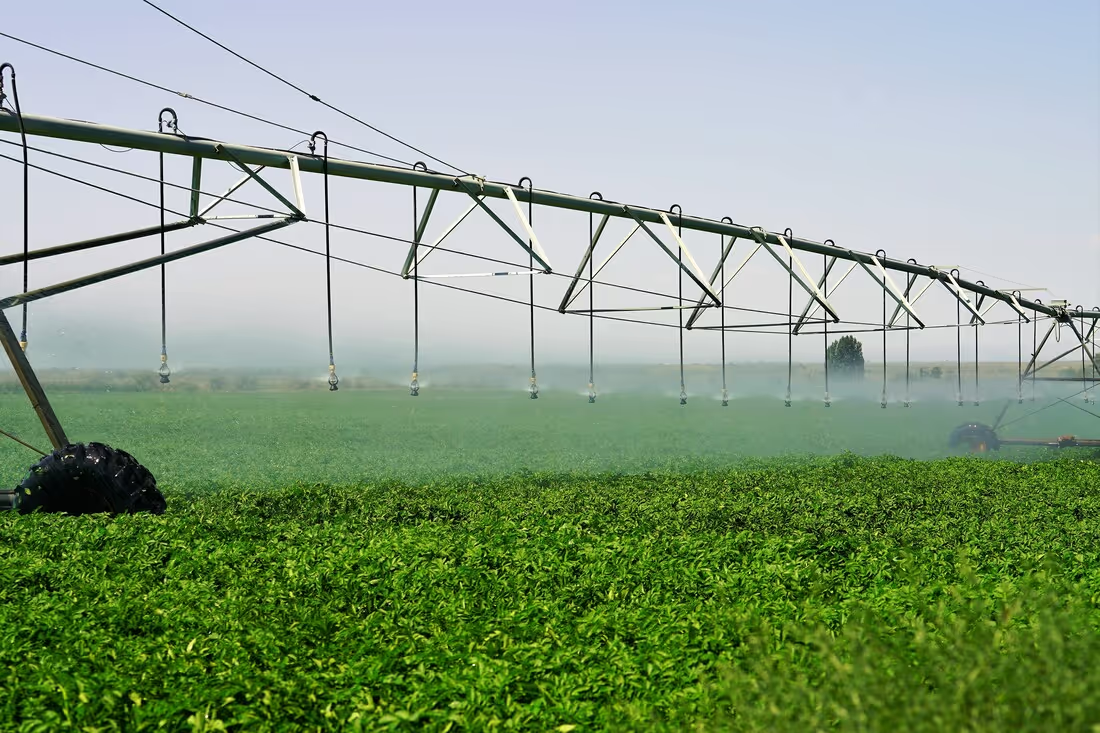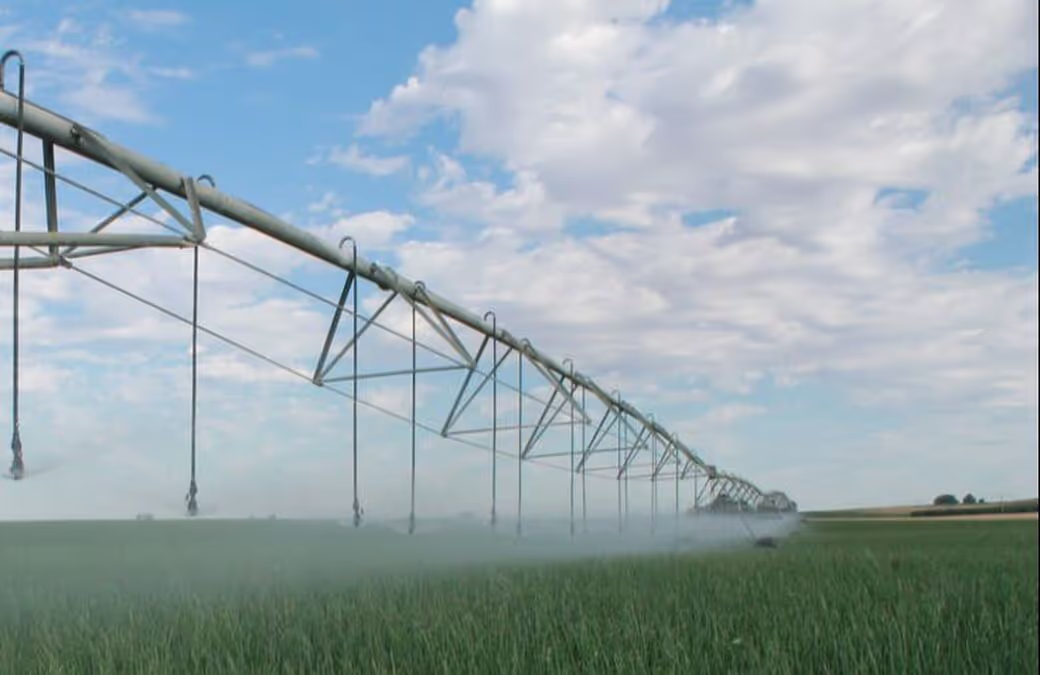OPTIMIZING DAIRY FARM PRODUCTIVITY: CRITICAL ROLE OF ADVANCED IRRIGATION SYSTEMS
Feeding Performance: Why Nutrition Starts in the Field
For dairy operations, the adage “you are what you eat” applies as high-quality feed, rich in essential nutrients and palatable to livestock, directly translates to sustained milk production, improved herd health, and, ultimately, a more profitable business. Feed such as alfalfa, corn silage and pasture grasses form the bedrock of a dairy cow’s diet; and their consistent growth and nutritional value are paramount. In an era of increasingly unpredictable weather patterns and growing demands on agricultural resources, managing moisture levels precisely becomes not just an advantage, but a necessity. Advanced irrigation systems, particularly center pivot and lateral move technologies, are essential tools for dairy producers as they help optimize crop yields, enhance nutrient absorption, and maintain soil health to produce quality feed for dairy cows, thereby ensuring the sustained productivity and profitability of their operations.
Dairy cows are prodigious producers, and their ability to generate milk is intrinsically linked to the quality and quantity of their feed. Alfalfa, a perennial legume, is a cornerstone of many dairy diets due to its high-protein content and digestibility. Corn silage, a fermented feed made from the whole corn plant, provides a significant source of energy. Pasture grasses offer a cost-effective, nutrient-rich feed source, particularly for grazing operations. The nutritional profile of these crops, including their protein, energy and mineral content, is influenced directly by the availability of water throughout their growth cycles (National Research Council, 2001).
The Cost of Drought and the Power of Precision
Drought stress, even in its milder forms, can diminish crop yields significantly and compromise nutritional quality. When plants experience water scarcity, their metabolic processes slow down, leading to reduced growth, lower biomass production, as well as a decline in nutrient uptake from the soil. For dairy farmers, this translates to less feed available per acre, potentially necessitating the purchase of more expensive supplemental feeds or, in severe cases, a reduction in milk production. The economic implications of such scenarios can be substantial, impacting everything from feed costs to herd health and overall farm profitability.
For dairy operations, controlled moisture delivery is critical. Unlike flood irrigation, which can lead to uneven saturation and water waste, center pivot irrigation ensures every plant receives the optimal amount of water. This precise application prevents both underwatering, leading to drought stress, and overwatering, which can cause nutrient leaching and root diseases. By providing consistent moisture, center pivot systems facilitate enhanced nutrient absorption. Water acts as the vehicle for transporting dissolved nutrients from the soil to the plant roots. When water is readily available, plants can efficiently take up essential macronutrients such as nitrogen, phosphorus, and potassium, as well as vital micronutrients, leading to more robust growth and higher nutritional density in the harvested forage (Jensen & Allen, 2016).
Irrigation Technology That Fits the Farm
While center pivot systems are highly effective for circular fields, large dairy farms often operate on rectangular or irregularly shaped parcels of land, particularly for extensive pasture or forage fields. This is where lateral move irrigation systems shine. Unlike center pivots, lateral move systems travel in a straight line across a field, drawing water from a ditch or hose and applying it uniformly in a rectangular pattern. The primary benefit of lateral move systems for large dairy operations is their ability to cover vast rectangular areas with exceptional efficiency. This is particularly valuable for maintaining optimal hydration for expansive pasture grasses and forage fields, ensuring consistent growth across the entire acreage. For dairy producers, managing hundreds or even thousands of acres of feed crops, the ability to irrigate large, contiguous areas without creating unirrigated corners is a significant advantage.
Beyond coverage, lateral move systems significantly contribute to preserving soil health. Their uniform water application reduces the risk of soil erosion and compaction that can occur with less controlled irrigation methods. By maintaining consistent soil moisture, these systems foster a healthy microbial environment in the soil, promoting nutrient cycling and overall soil fertility. This long-term commitment to soil health translates into sustained productivity and reduced input costs for the dairy farmer.
A Sustainable Future for Dairy Operations
The benefits of advanced irrigation systems extend beyond immediate crop yields. By optimizing water use, center pivot and lateral move systems greatly contribute to sustainable agricultural practices. Water is a finite and increasingly precious resource; therefore, it’s important to have efficient irrigation that minimizes waste, reduces strain on local water supplies, and lowers energy consumption associated with pumping (Food and Agriculture Organization of the United Nations, 2020).
The enhanced crop quality achieved through precise irrigation can lead to a more efficient conversion of feed to milk, reducing the overall environmental footprint of dairy production. Healthier, more productive cows require less feed per unit of milk produced, minimizing resource consumption and waste generation.
In the demanding world of dairy farming, every advantage counts. The relentless pursuit of high-quality forage and feed crops is not merely a preference, but a fundamental requirement for sustained milk production and economic viability. Center pivot and lateral move irrigation systems represent a key investment for dairy producers, offering unparalleled control over moisture levels, reducing drought stress, and enhancing nutrient absorption. By ensuring crops receive precisely controlled moisture, these advanced technologies not only boost immediate yields but also contribute to long-term soil health and overall farm sustainability. For dairy operations looking to secure their future and maximize their productivity, embracing modern irrigation solutions is not just an option; it’s imperative.
.avif)
.avif)
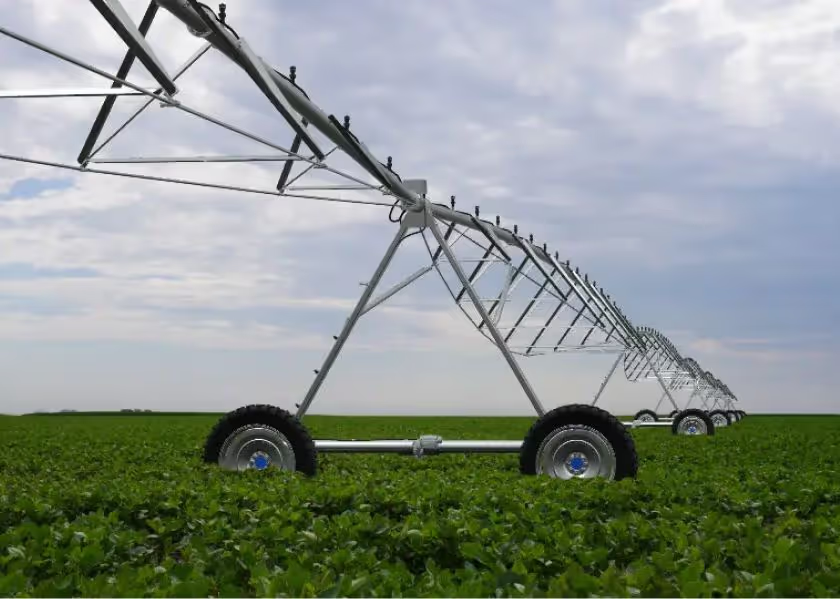
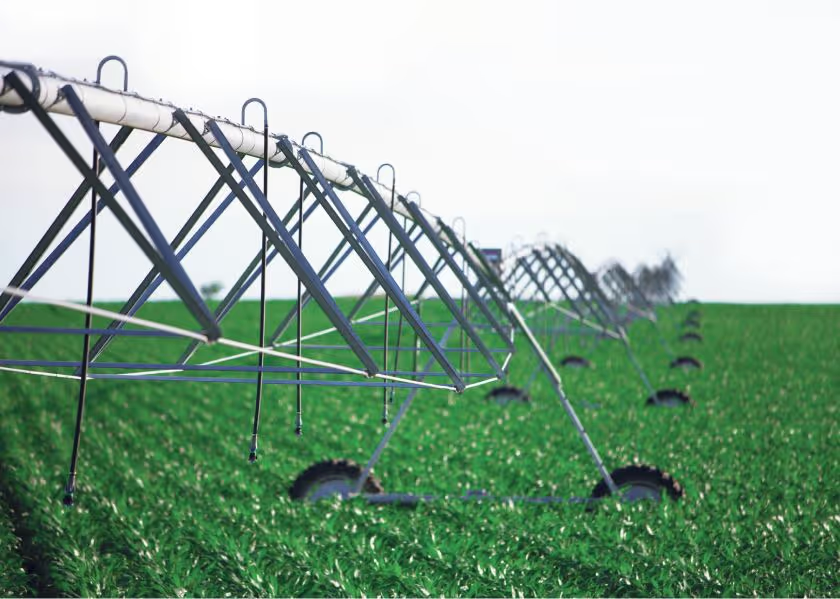

.avif)
.avif)

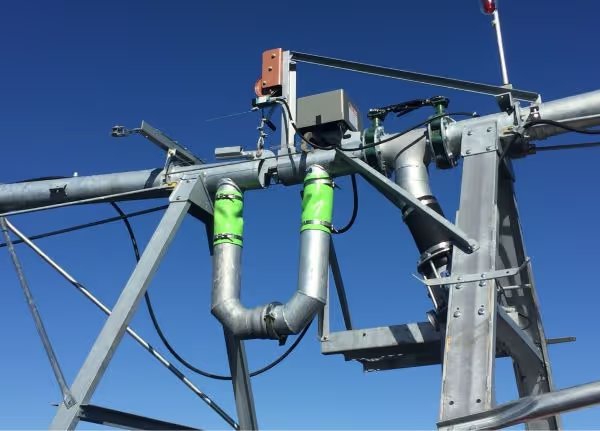

.avif)
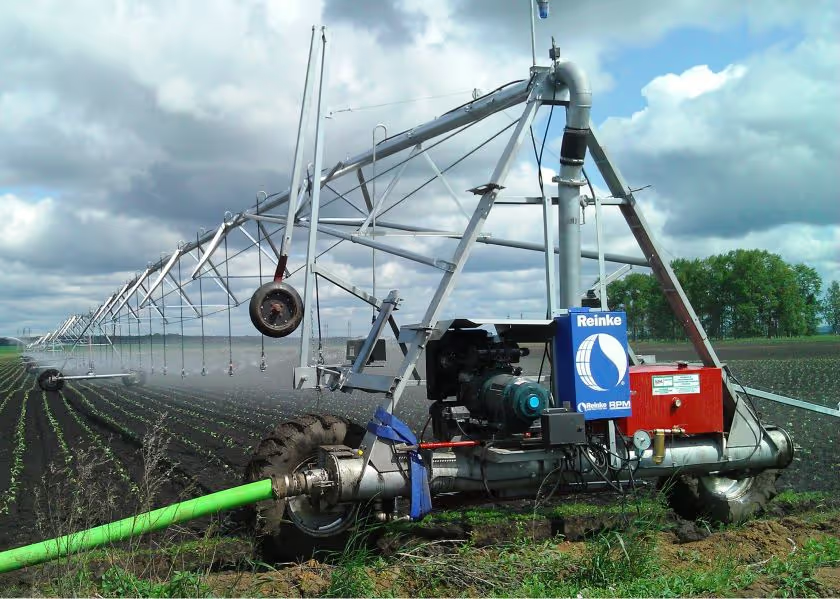
.avif)
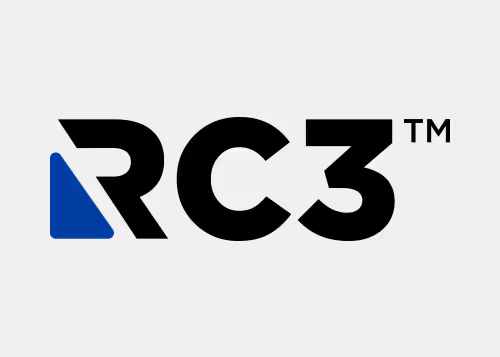
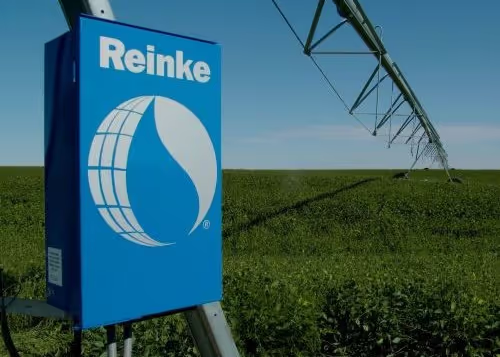
.avif)
.avif)



